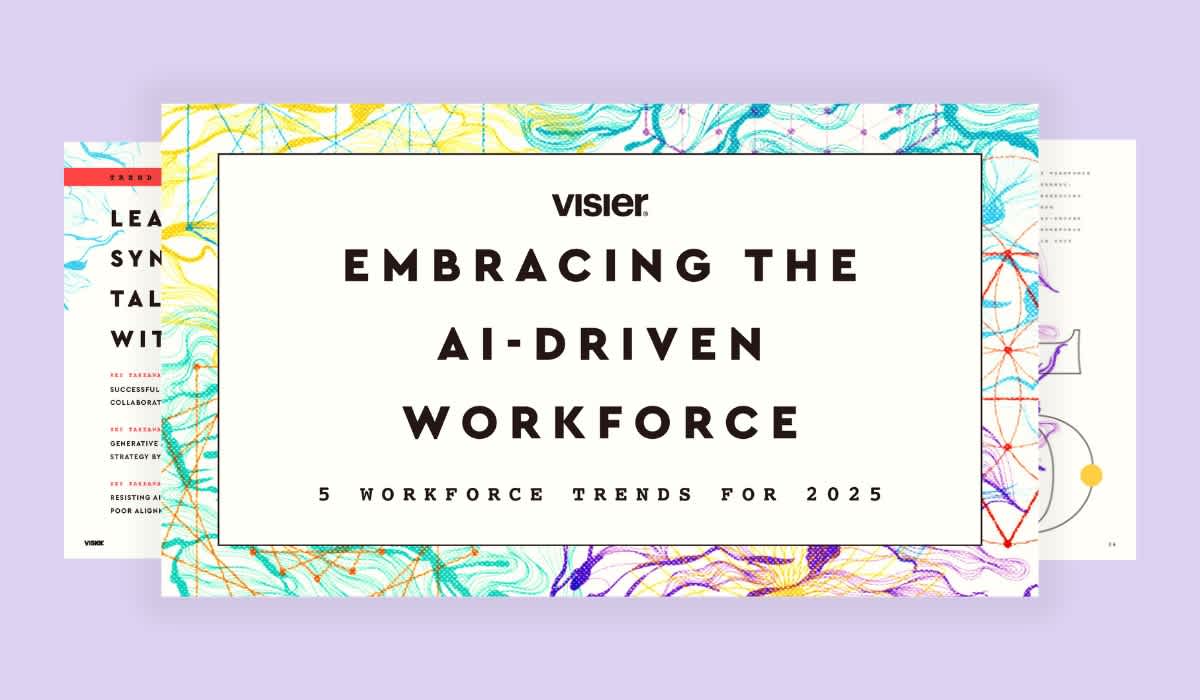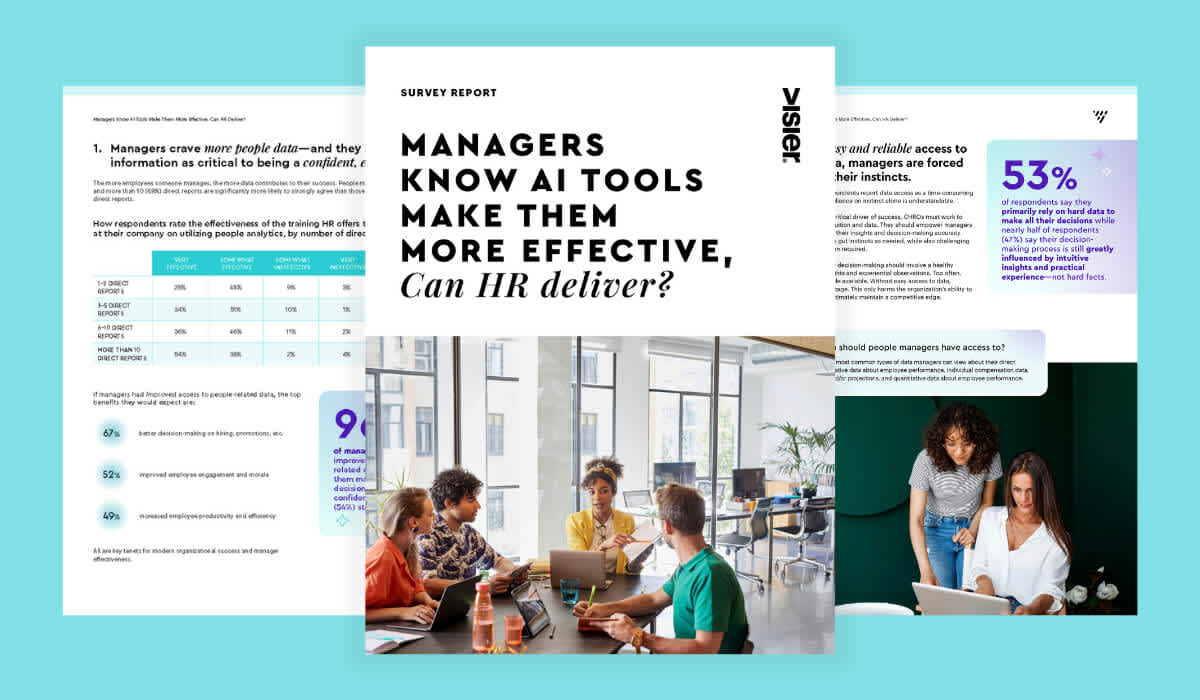What Is Human-AI Collaboration?
Human-AI collaboration is the merger of people and AI-driven technologies to create or produce things and knowledge. Learn more.

Human-AI collaboration is a relatively new opportunity for people, or humans, to leverage AI tools like generative AI (genAI) to gain new insights or produce materials ranging from written to audio to visual content. GenAI has become a go-to tool for employees across roles and industries.
What is an example of human-AI collaboration?
Over the past few years, several examples have emerged of how humans are leveraging AI to help them in their work across a wide range of industries. In healthcare, for instance, AI can help diagnose diseases by analyzing massive amounts of information; medical professionals can then use their expertise to evaluate the results to make final diagnostic decisions.
In customer service settings, AI-powered chatbots are being widely used to make real-time decisions, work with customers, and rely on human collaborators to intervene in complex or out-of-the-norm situations. These are just a few of many rapidly expanding examples of how humans are beginning to collaborate with AI in productive and beneficial ways.
Pros and cons of human-AI collaboration
There are both pros and cons related to human-AI collaboration.
The pros of human-AI collaboration include:
Enhancing productivity. AI can automate repetitive and mundane tasks, freeing up human time to focus on more complex and strategic activities that benefit both business interests and personal and professional development.
Improved decision-making. By leveraging AI-generated insights and recommendations, humans can make more informed and data-driven decisions. AI systems can analyze vast amounts of data quickly, identify patterns, and provide objective information to support decision-making processes.
Continuous learning. Human-AI collaboration contributes to iterative learning cycles. Humans can train and fine-tune AI models over time by providing feedback and correcting errors. This enhances the accuracy and performance of AI systems and allows them to adapt and evolve.
The potential cons of human-AI collaboration, however, include:
The potential for bias and errors. AI systems can inherit biases that may be present in the training data or algorithms, leading to biased outcomes. Humans need to be vigilant in monitoring and mitigating these biases to ensure fair and ethical decision-making.
Over-reliance on AI. It’s possible for humans to become too reliant on AI-generated outputs, which may lead to a reduction in critical thinking and independent judgment. It’s important to strike a balance and to retain human oversight and decision-making authority.
Data privacy and security. Collaborating with AI systems requires sharing and processing sensitive data, which raises concerns about privacy and security. Adequate measures must be in place to protect data from unauthorized access or potential data breaches.
Ethics. One of the emerging issues related to human-AI collaboration is understanding when and how humans are using these tools to augment their work and decision-making. Transparent communication is important for ensuring the trust of various audiences.
To leverage the positive potential of human-AI collaboration while minimizing the potential downfalls, it’s important to clearly define the roles and responsibilities of humans and AI systems and to establish guidelines on when and how to involve AI in decision-making.


